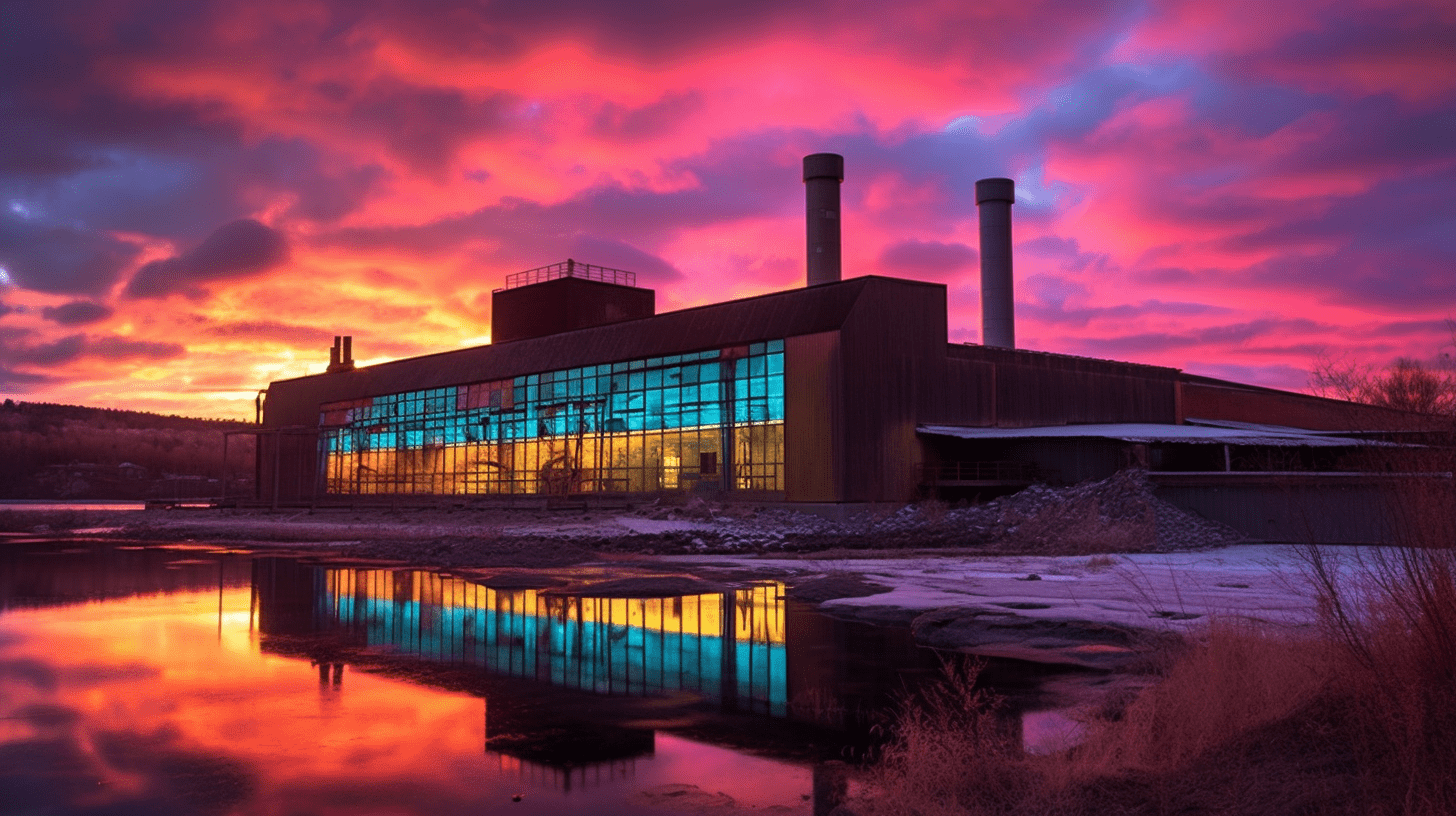

INTELLIGENT ENGINEERING
The UK's Innovative Path to Net-Zero
Repurposing the UK’s Old Industrial Sites
for Renewable Energy Generation
The UK was the first major economy in the world to pass laws to end its contribution to global warming with the 2050 net zero target. And decommissioning, diversification and repurposing are vital to meeting that target.
The commitment to net zero has impacted all sectors, promoting the need for low-carbon technologies. Around the UK, a vast number of decommissioned facilities are standing disused in previous industrial hubs, and this will only become more common over the coming years as more and more carbon-polluting facilities are closed. More recently, there has been research and investment on how these sites could be used to develop renewable energy sites.

Redeveloping brownfield sites for renewable energy purposes isn’t a new idea in the UK or worldwide.
Read more about UK’s Decarbonisation strategy HERE
UK's Geothermal Revolution in Abandoned Sites
One primary industry in the UK was coal mining and export, which after 200 years of coal production, is down to only one site still in production.The closure of mines has left a mass of underground networks, which got engineers and scientists wondering whether these vast spaces, which are currently filled with warm water, could be utilised for geothermal power and incorporated into heating network systems. Some projects are currently underway in the North East, where mining was a major industry, and many communities still feel the effects of closures. In Gateshead, there has already been a 6 MW installation and a further £7 million scheme, which will use energy drawn from the flooded Hebburn Colliery to heat a number of council buildings and homes. Another initiative is a substantial 6MW project at the Seaham Garden Village development in county Durham. Around 1500 new homes, as well as a number of community facilities, will be heated using low-temperature water from the defunct Dawdon mine. The project is anticipated to have a roughly one-tenth of gas heating footprint once it is operational.

The Alexandra Dock's Transition to Wind Energy Production
Other facilities associated with the UK coal industry, such as The Alexandra Dock on Humberside, have been developed since their closure in the 20th Century. The Alexandra Dock was once the largest dock on the East coast of the UK and was instrumental in the development of Hull as a coal port. Many facilities closed down in the 20th Century, leaving the area to lose its defining industrial history. In 2014, Siemens announced that they will be investing in the site, focusing on offshore wind turbine blade production for a wind farm in the North Sea. The investment has since created over 1,000 jobs, and the wind farm is expected to have the capacity to provide power to well over 1.3 million homes.
The legacy of the infrastructure left behind by heavy industry can be a positive asset for brownfield redevelopment, and often we see an effort to preserve industrial buildings – with historical, architectural, and cultural significance – rather than demolish them for redevelopment. Of course, renewable energy still requires significant investment, of which a lot has become available from the UK Government, such as the regional growth fund. Future investments like this will form a big part in meeting the Net Zero 2050 target and rejuvenating ex-industrial areas and towns still feeling the effect of the closure of industry.
Ellen McQuade
EPConsult Energies | INTELLIGENT ENGINEERING
More insights:

Hydrogen Challenges and Solutions
Hydrogen, with a history intertwined with the energy sector for over two centuries, is witnessing a remarkable resurgence, particularly as a renewable energy source in the UK's transition from fossil fuels. As the momentum around hydrogen energy grows, so does the question of its safety. While all fuels inherently pose some risks, hydrogen's unique properties, such as a wide range of flammable concentrations and lower ignition energy, necessitate additional engineering controls and careful material selection.

UK's Electric Vehicle Revolution
In a landmark decision that marked the beginning of the UK's Electric Vehicle (EV) Revolution, the UK government announced in November 2020 the cessation of sales of petrol and diesel-fueled vehicles by 2030, and hybrid vehicles by 2035. This unprecedented shift, aimed at significantly reducing the country's carbon footprint, has set the stage for a monumental transition in the transport sector, which accounted for 24% of the UK's total emissions in 2020.

Blowing Away the Carbon
There are several technical and economic reasons that offshore wind power is a viable option for decarbonizing traditional oil and gas production. Firstly, new offshore wind license areas are often located in deeper waters and at greater distances from the coast. Once land is reached, these sites are still far from potential markets. These logistical factors drive up the cost of delivering power to onshore users.

Common Myths About Solar Energy
The myths and misconceptions surrounding solar energy often need to be updated or stem from a lack of understanding of the technology. Solar energy remains efficient in less-than-ideal weather conditions, and while initial costs can be high, the long-term financial benefits are substantial. Furthermore, although the manufacturing process of solar panels does have an environmental impact, the overall effect is far less damaging than traditional energy sources.
- Log in to post comments
